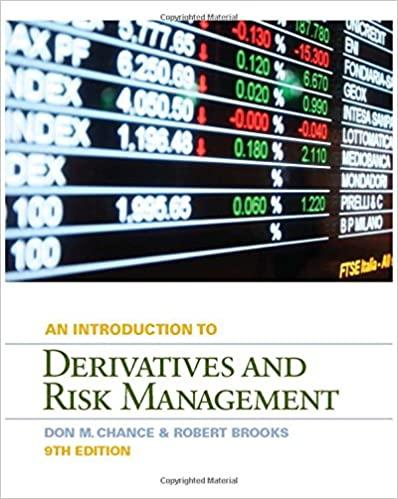Answered step by step
Verified Expert Solution
Question
1 Approved Answer
Financial Planning al Biriktir just graduated with a B . S . degree in engineering and landed a new job with a starting annual gross
Financial Planning
al Biriktir just graduated with a BS degree in engineering and landed a new job with a starting annual gross salary of $ There are a number of things that he would like to do with his newfound wealth For starters, he needs to begin repaying his student loans totaling $ and hed like to reduce some outstanding balances on credit cards totaling $al also needs to purchase a car to get to work and would like to put money aside to purchase a condo in the future. Last, but not least, he wants to put some money aside for his eventual retirement.
Our recent graduate needs to do some financial planning for which he has selected a year time frame. At the end of years, hed like to have paid off his current student loans and credit cards debt, as well as have accumulated at least $for a down payment on a condo. If possible, he would like to make some savings for retirement. He has gathered the following information to assist himself in this plan study:
The parents and older siblings have reminded him that his monthly take home pay will be reduced by income taxes and benefit deductions. He should not count on being able to spend more than of his gross salary. Based on this information he estimates the starting net salary is going to be of the gross salary. He is hopeful that, he works hard and he can get the salary increases based on the performance evaluations to be done at the end of every two years.
A nice twobedroom apartment near the place of work has a monthly rent of $ The rental office provided him with a monthly utility cost estimate of $ to cover fee, water, electricity, gas and heating.
The personal living expense category has troubled him the most. While most of the other categories are pretty straight forward, he knows that the daytoday spending will have the most variability and that it will be tempting to overspend. Nonetheless, he has developed the following estimates of monthly living expenses not already covered:
Food $
Communication $
Entertainment $
Miscellaneous clothing households $
Student loans are typically repaid in equal monthly installments over a period of years. The interest rate on his loan is per year compounded monthly.
Credit cards vary greatly in the interest rate charged. Typical annual rates are close to and monthly minimum payments are usually computed using a year repayment period. The interest rate on his credit card is per year compounded monthly.
Car loans are usually repaid over three, four, or five years. The annual rate on a car loan can be as low as per year if the timing is right or as high as per year. As a firsttime car buyer, al can secure a $ car loan at per year compounded monthly to be repaid over months. Even though the car will be completely repaid after five years, he knows that he will eventually need to replace the car. To accumulate funds for the replacement of the car, he wants to continue to set aside the same amount each month for the second five years. Insurance for the vehicle will cost $ per year, and he has budgeted $ per month to cover fuel and maintenance.
He wants to accumulate $ over the next years to be used as a down payment on a condo. A year, fixed rate mortgage is currently going for per year. If al can save enough to make a down payment on the purchase of his condo, he can avoid private mortgage insurance that can cost as much as $ per month. Property taxes and insurance can be as much as of the monthly principal and interest payment ie for a principal and interest payment of $ taxes and insurance would be an additional $
He is also planning to have at least of his net salary to be set aside as the retirement investment saving.
Investment opportunities can provide variable returns. Safe investments can guarantee per year, while risky investments could return or more per year. He feels that if he chooses relatively safe investments cash deposits and bonds he should be able to earn per year compounded monthly on his savings.
As a friend of aland the one who took Engineering Economy you have been asked to review his financial plans by developing the monthly financial plan cash flows with taking into account the time value of the money. How reasonable are his goals? What is the maximum purchase price of the condo he can afford? What will be the accumulated amount for the retirement plan at the end of years period? How much money will be accumulated as funds for the replacement of the car?
Step by Step Solution
There are 3 Steps involved in it
Step: 1

Get Instant Access to Expert-Tailored Solutions
See step-by-step solutions with expert insights and AI powered tools for academic success
Step: 2

Step: 3

Ace Your Homework with AI
Get the answers you need in no time with our AI-driven, step-by-step assistance
Get Started


